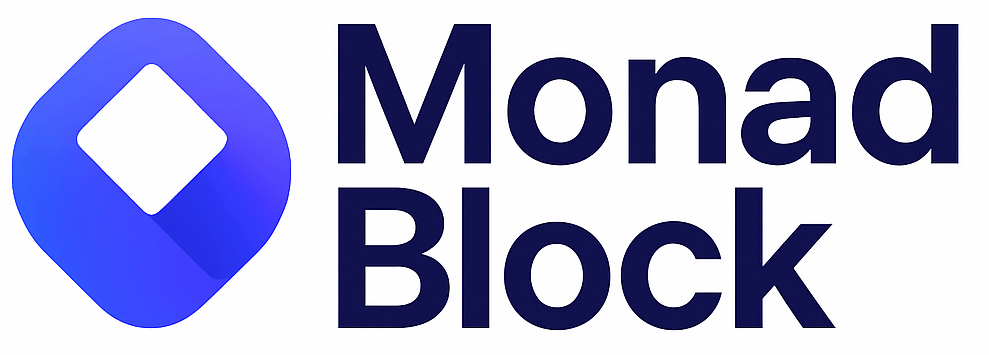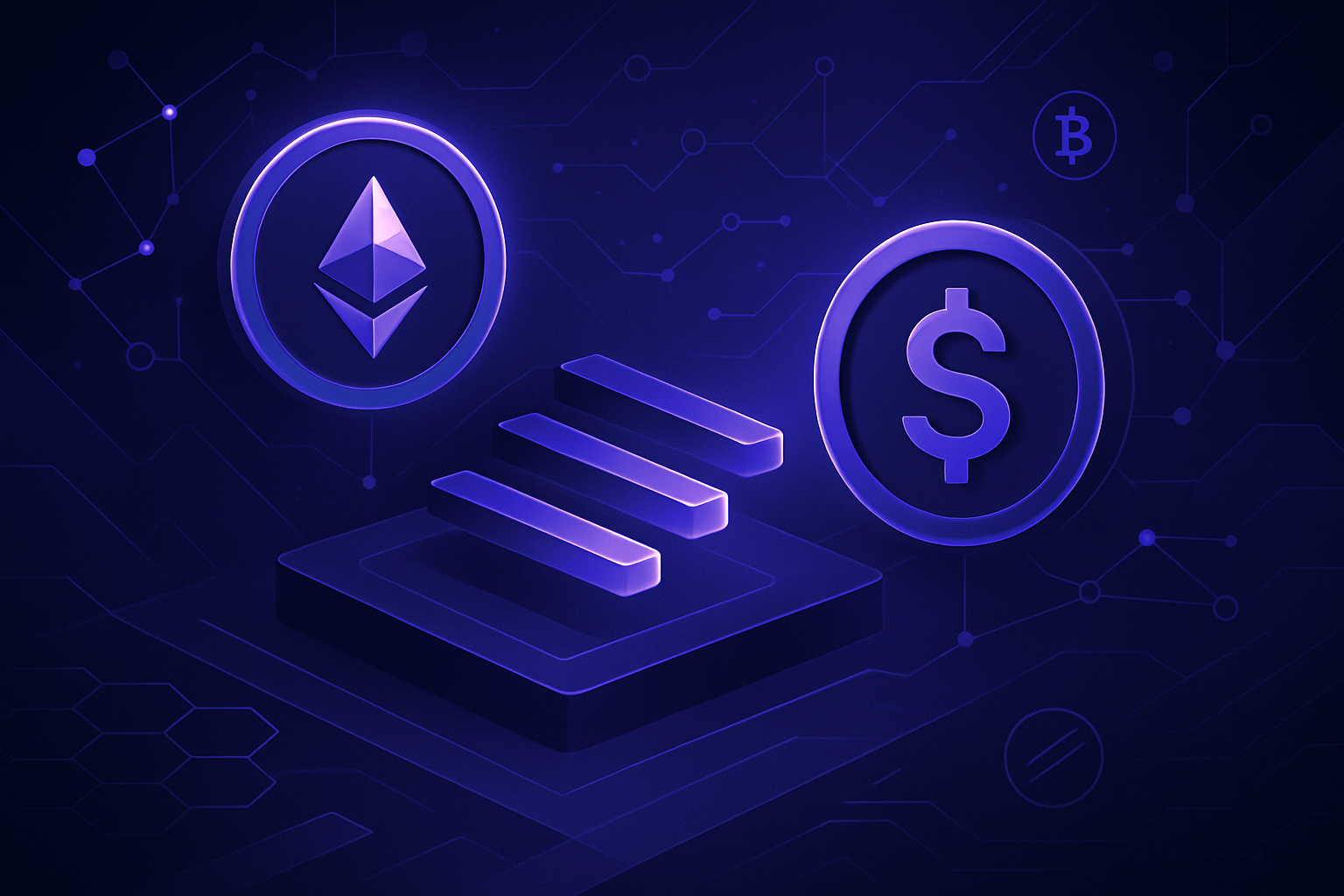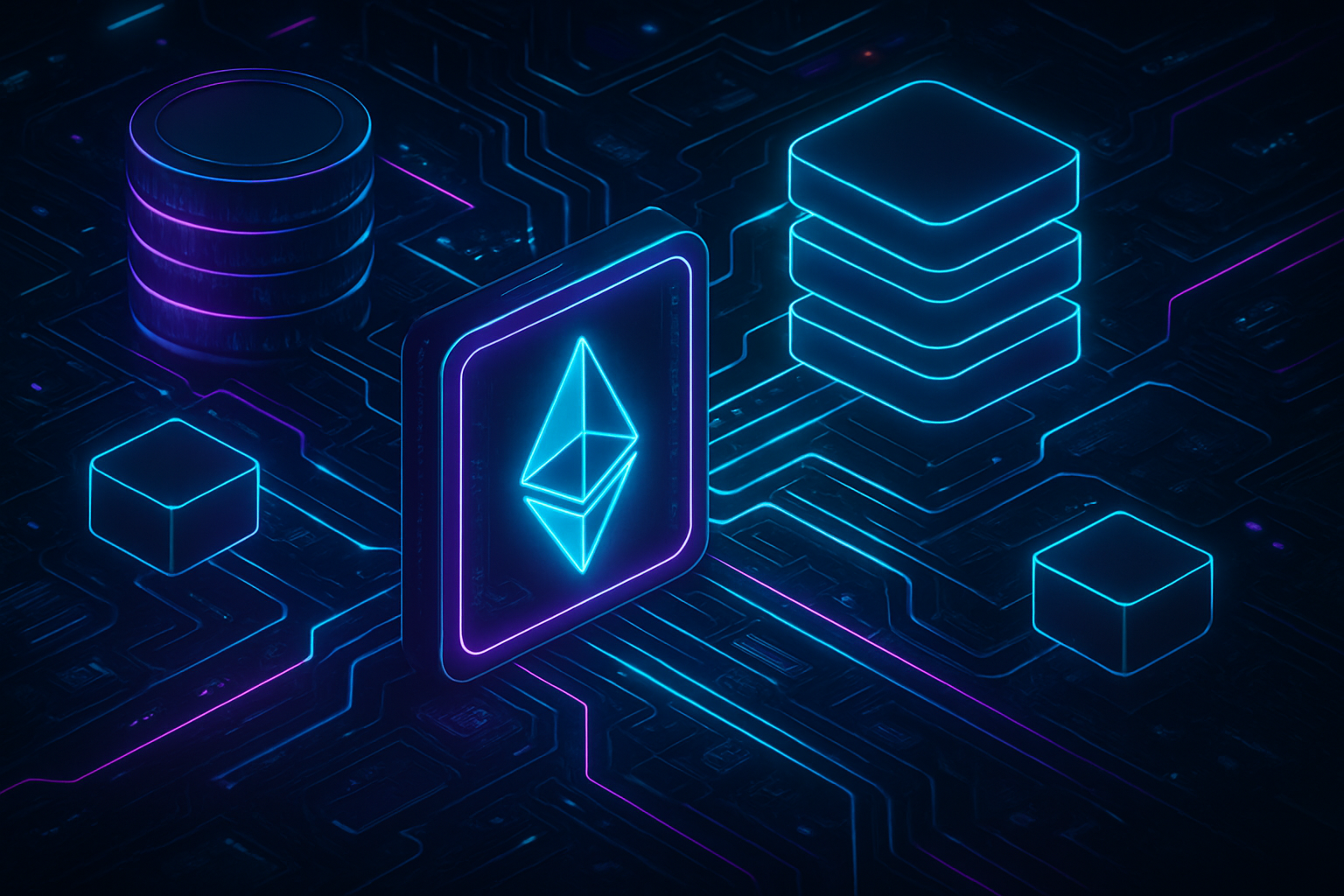
For years, the blockchain industry has been caught between two seemingly irreconcilable goals: achieving the speed and user experience of centralized exchanges (CEXs) while preserving the decentralization and composability of Ethereum. Monad, a next-generation Layer 1, is rewriting this narrative by delivering CEX-level performance without breaking Ethereum compatibility. The secret? A deep architectural reimagining of how EVM blockchains process transactions, centered on parallel execution, rapid consensus, and seamless developer onboarding.

Why Traditional EVMs Hit a Performance Wall
The original Ethereum Virtual Machine (EVM) was never designed for high throughput. Its sequential execution model means every transaction is processed one after another – like a single cashier handling an endless line of customers. This design guarantees correctness but comes at the cost of scalability. As decentralized finance (DeFi) and NFT volumes exploded, Ethereum’s limitations became clear: high gas fees, slow confirmation times, and congestion during peak usage.
Competing Layer 1s like Solana and Sui have taken alternative approaches to scaling, often sacrificing EVM compatibility or decentralization to achieve speed. But for developers deeply invested in the Ethereum ecosystem – with its massive pool of smart contracts and tooling – abandoning EVM isn’t an option. Monad’s breakthrough is to scale Ethereum itself, not sidestep it.
The Monad Parallel EVM: Rethinking Transaction Processing
At the heart of Monad lies its optimistic parallel execution engine. Instead of processing transactions sequentially, Monad analyzes each block’s transactions to identify which can safely run in parallel. Transactions that don’t touch the same state (e. g. , different accounts or contracts) are grouped together and executed concurrently across multiple CPU cores. Only those with dependencies are handled sequentially to prevent conflicts or double-spending.
Key Innovations of Monad’s Parallel EVM
-
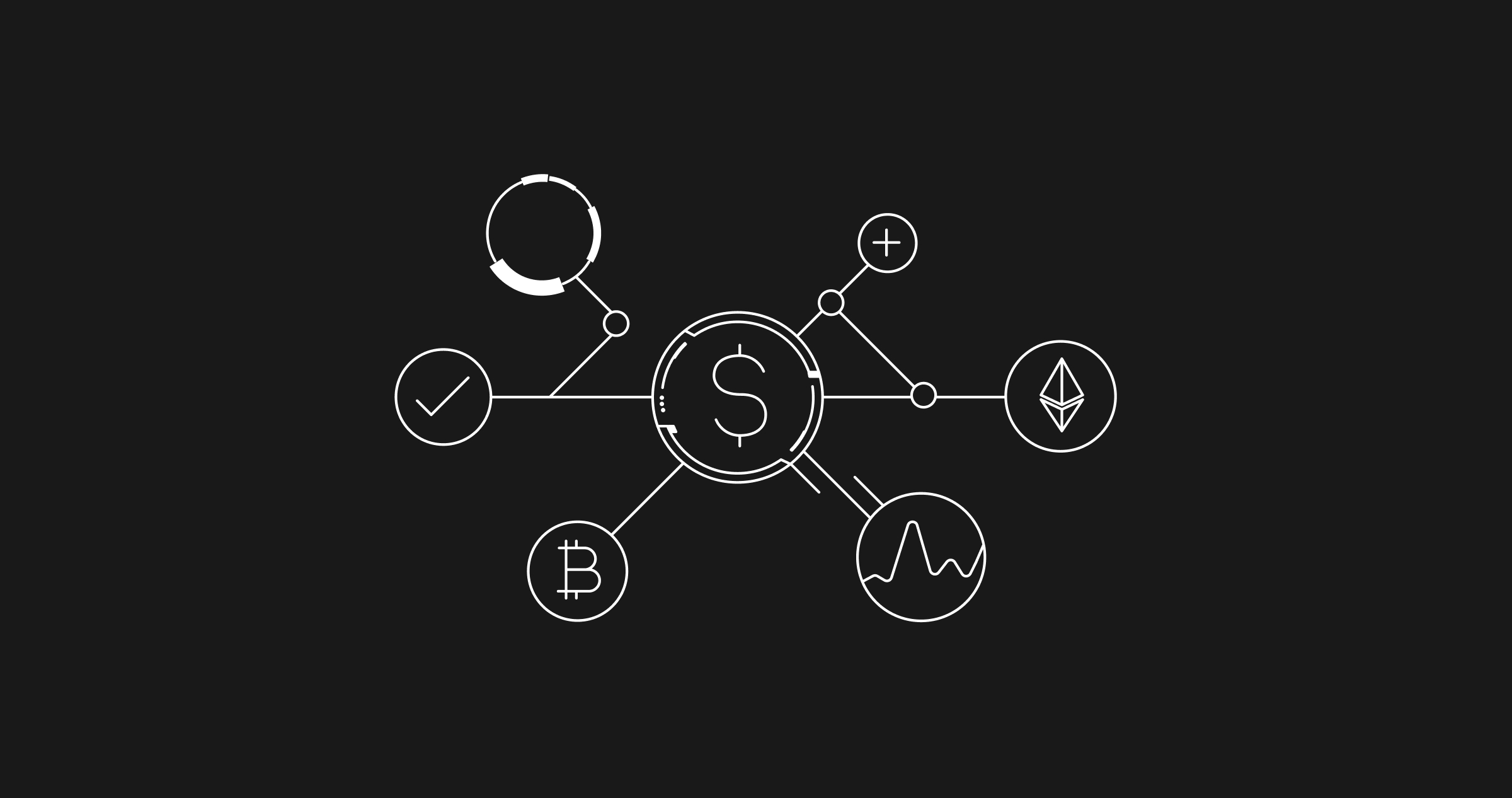
Optimistic Parallel Transaction Execution: Monad identifies transactions without shared dependencies and executes them concurrently, unlike Ethereum’s sequential approach. This massively increases throughput, enabling over 10,000 TPS and sub-1 second finality.
-
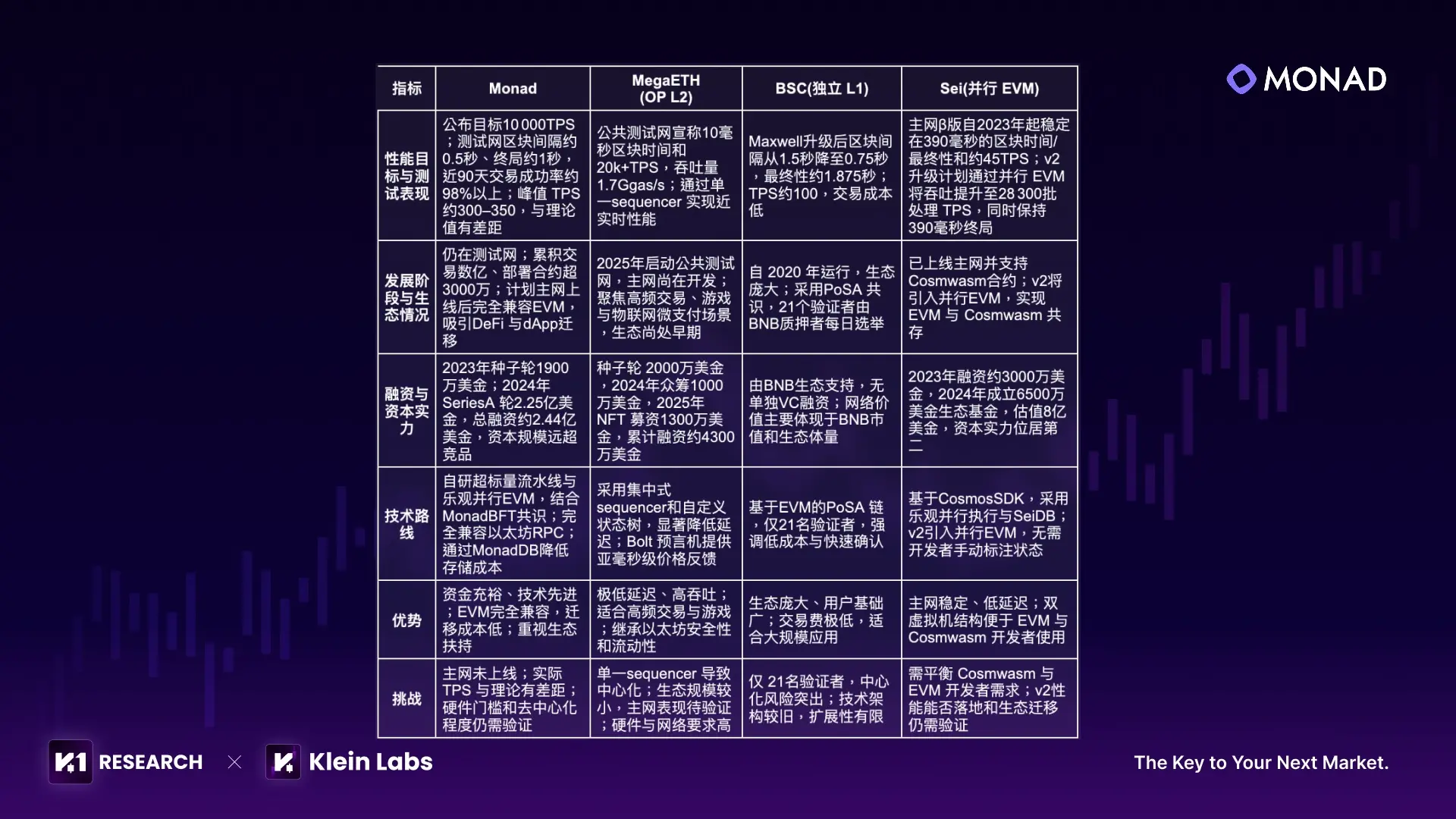
MonadBFT Consensus Mechanism: Leveraging a Byzantine Fault Tolerant (BFT) protocol inspired by HotStuff, Monad achieves rapid and deterministic finality, enhancing both security and reliability for the network.
-
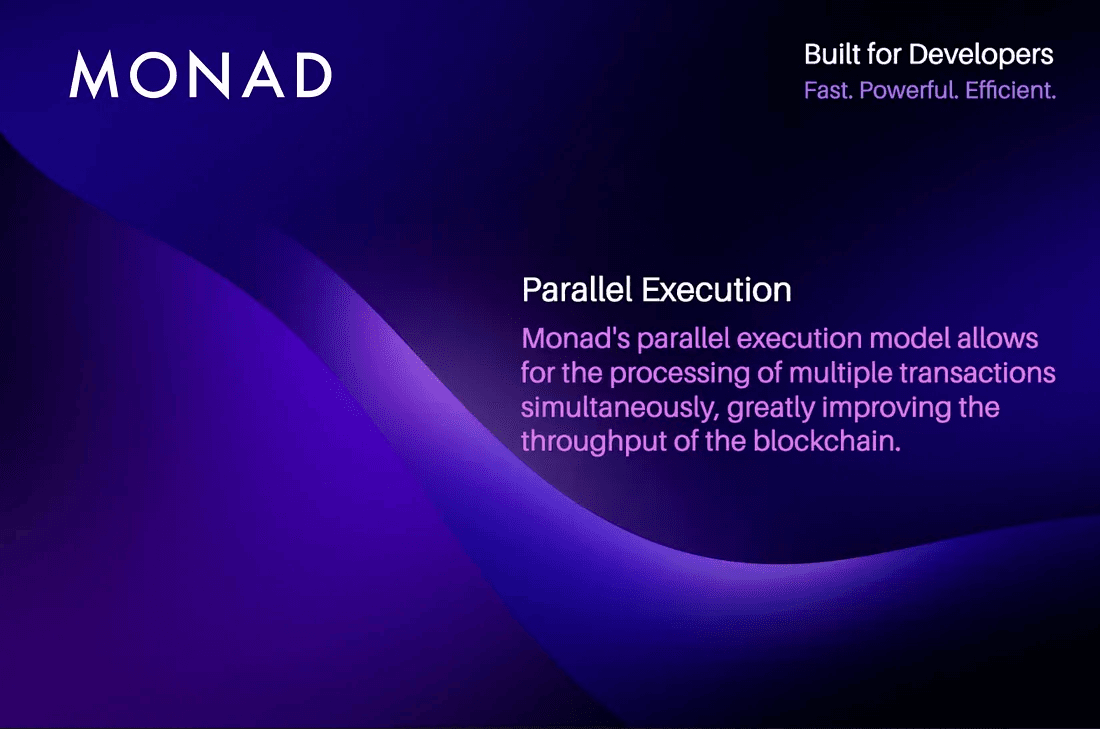
MonadDB High-Performance Storage Layer: Monad introduces MonadDB, a custom storage solution optimized for concurrent read/write operations. This reduces I/O overhead and supports high-speed parallel execution.
-
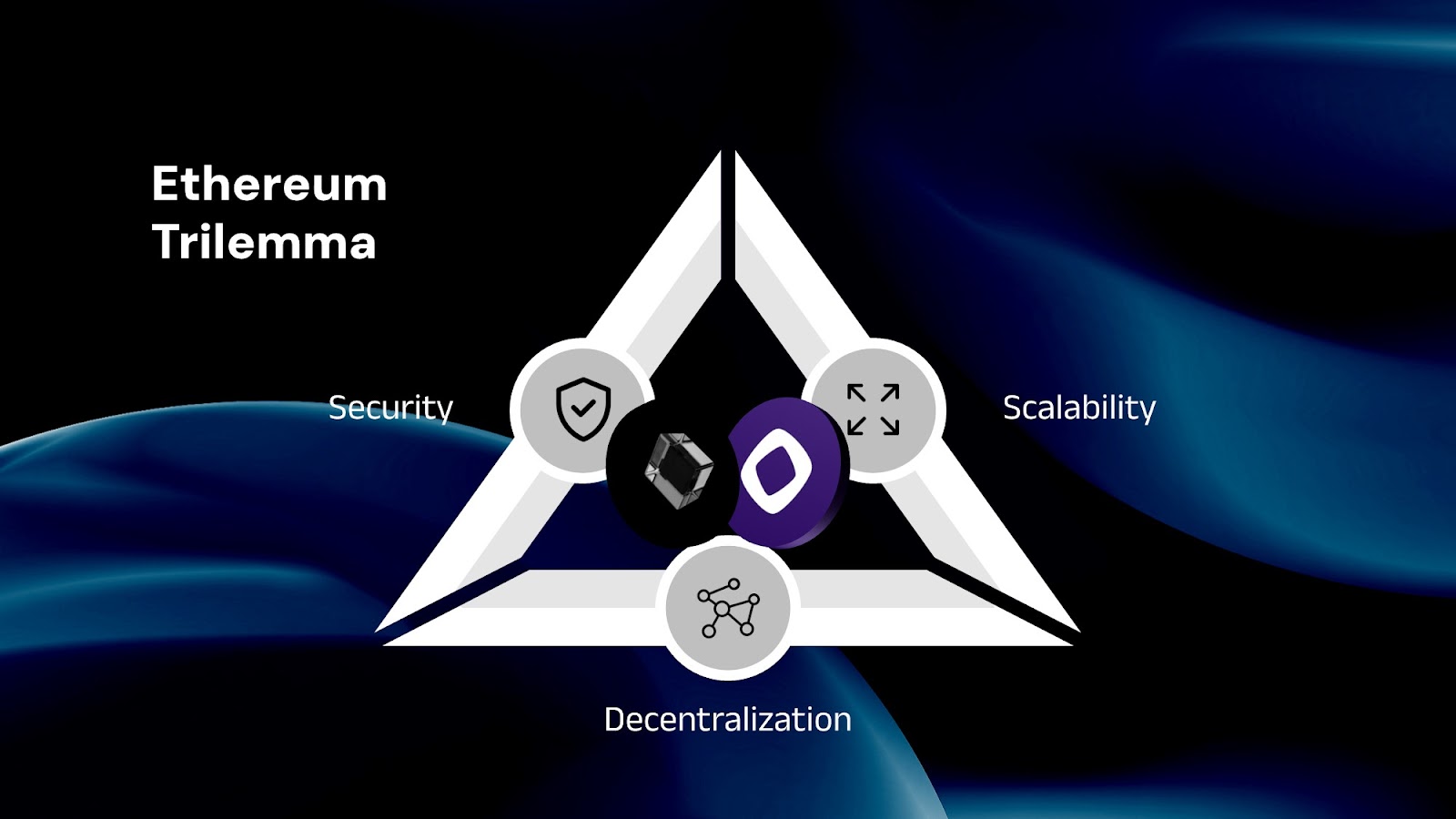
Full EVM and Ethereum API Compatibility: Monad maintains 100% compatibility with EVM bytecode and the Ethereum JSON-RPC API, allowing seamless migration of existing dApps and smart contracts without code changes.
-

Single-Slot Finality and Low Latency: By combining parallel execution and fast consensus, Monad achieves block times of ~0.5 seconds and finality within 1 second, rivaling centralized exchange (CEX) performance while preserving decentralization.
This approach is not just theoretical. According to recent benchmarks (blog.jucoin.com, university.mitosis.org), Monad consistently achieves over 10,000 transactions per second (TPS), with block times around 0.5 seconds and deterministic finality in under 1 second – metrics previously reserved for top-tier CEXs.
CEX-Level Performance Without Sacrificing Web3 Trust
How does Monad deliver this level of performance while maintaining decentralization? The answer lies in its robust consensus protocol and storage layer:
- MonadBFT Consensus: Inspired by HotStuff BFT, this protocol enables single-slot finality within roughly one second, even under adverse network conditions (medium.com). This is crucial for DeFi protocols where rapid settlement reduces risk.
- MonadDB Storage: A custom-designed storage engine optimized for high-speed concurrent reads/writes allows the chain to keep up with its blistering execution speed without bottlenecks.
- EVM Compatibility: Crucially, all these improvements are achieved without breaking support for existing Ethereum smart contracts or tools. Developers can deploy Solidity code as-is; users interact via familiar wallets and interfaces.
The Developer Experience: Scaling Without Friction
A major strength of Monad is that it doesn’t force developers to learn new programming languages or paradigms. If you can build on Ethereum, you can build on Monad. The network supports standard Ethereum JSON-RPC APIs and bytecode formats out-of-the-box, so migration is seamless for both DeFi protocols and NFT projects seeking higher throughput at lower cost.
Beyond compatibility, Monad’s architecture actively encourages experimentation and innovation. With gas fees drastically reduced and finality times near-instant, developers can design dApps that were previously impractical on slower chains. High-frequency trading platforms, on-chain games with real-time interactions, and composable DeFi protocols all benefit from Monad’s parallelized EVM execution.
For those accustomed to the friction of deploying on congested networks, Monad’s developer onboarding is refreshingly simple. Standard toolchains, like Hardhat, Foundry, and MetaMask, work out-of-the-box. There’s no need for extensive code rewrites or custom infrastructure. As highlighted in the Jucoin deep dive, the transition process for existing Ethereum projects is measured in hours or days, not weeks.
Monad vs Traditional L1s: A New Standard for Web3 Scalability
When compared to traditional Layer 1 blockchains, Monad’s performance gap is striking. While Ethereum typically processes around 15 TPS and even high-performance non-EVM chains like Solana top out at a few thousand TPS under real-world conditions, Monad consistently delivers over 10,000 TPS with sub-second block times. This isn’t just incremental improvement, it’s a paradigm shift that brings decentralized networks within reach of CEX-level user experiences.
What truly sets Monad apart from other scaling solutions is its refusal to compromise on decentralization or developer experience. Many fast chains achieve their throughput by introducing centralized sequencers or abandoning EVM compatibility altogether. Monad proves that you can have both: Web2 speed with Web3 trust.
Monad vs Ethereum vs Solana: Speed, Compatibility & Decentralization
-
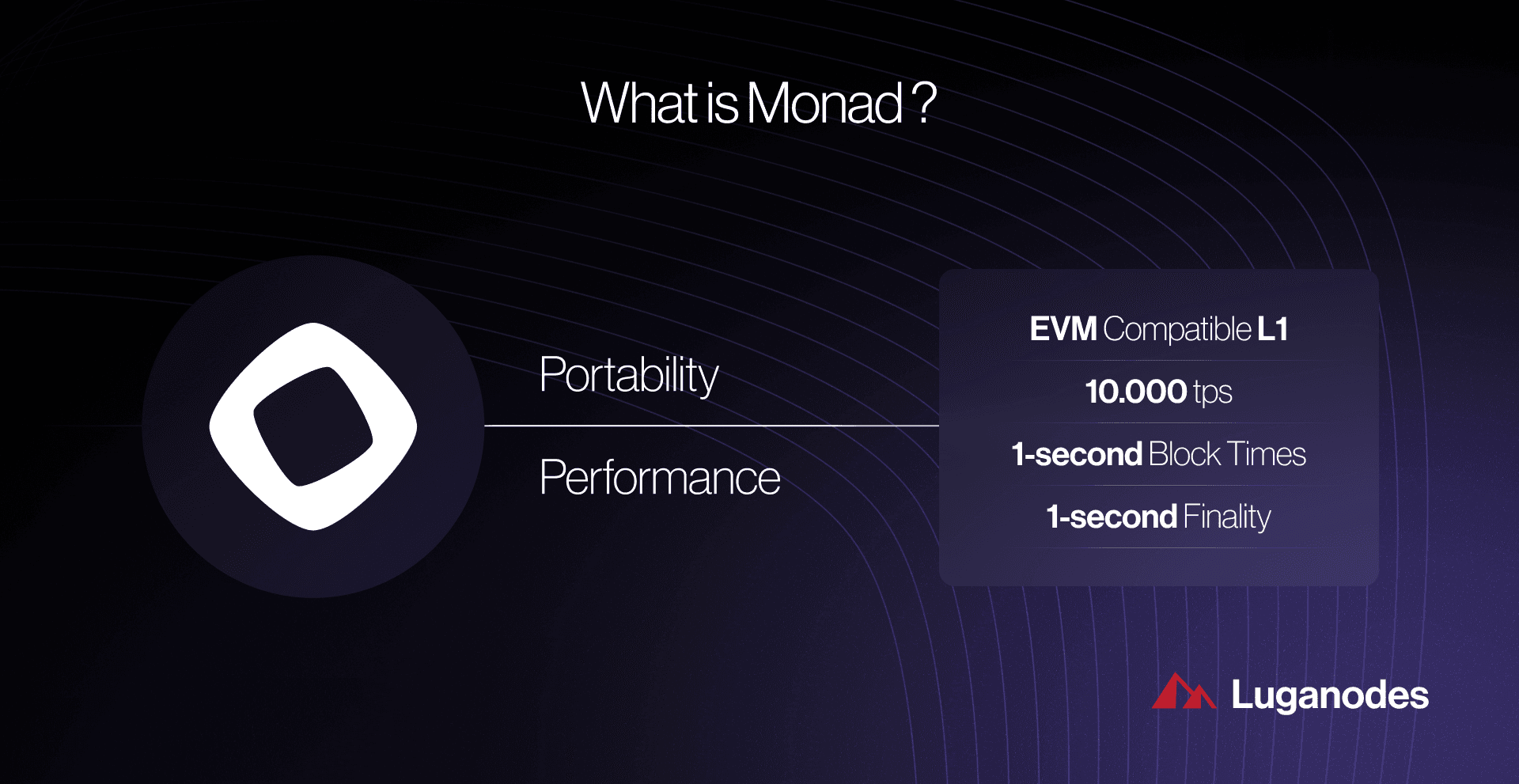
Speed: Monad delivers over 10,000 TPS and ~0.5s block times with single-slot finality, thanks to its parallel execution engine. Ethereum processes ~15-30 TPS with block times of 12 seconds (mainnet), relying on sequential execution. Solana achieves 50,000+ TPS and ~0.4s block times using a highly parallelized runtime and Proof of History.
-

EVM Compatibility: Monad is fully EVM-compatible, supporting Ethereum bytecode and JSON-RPC APIs, enabling seamless migration of dApps and smart contracts. Ethereum is the origin of the EVM standard and offers native compatibility. Solana is not EVM-compatible; it uses its own runtime and requires special bridges or compatibility layers for Ethereum dApps.
-
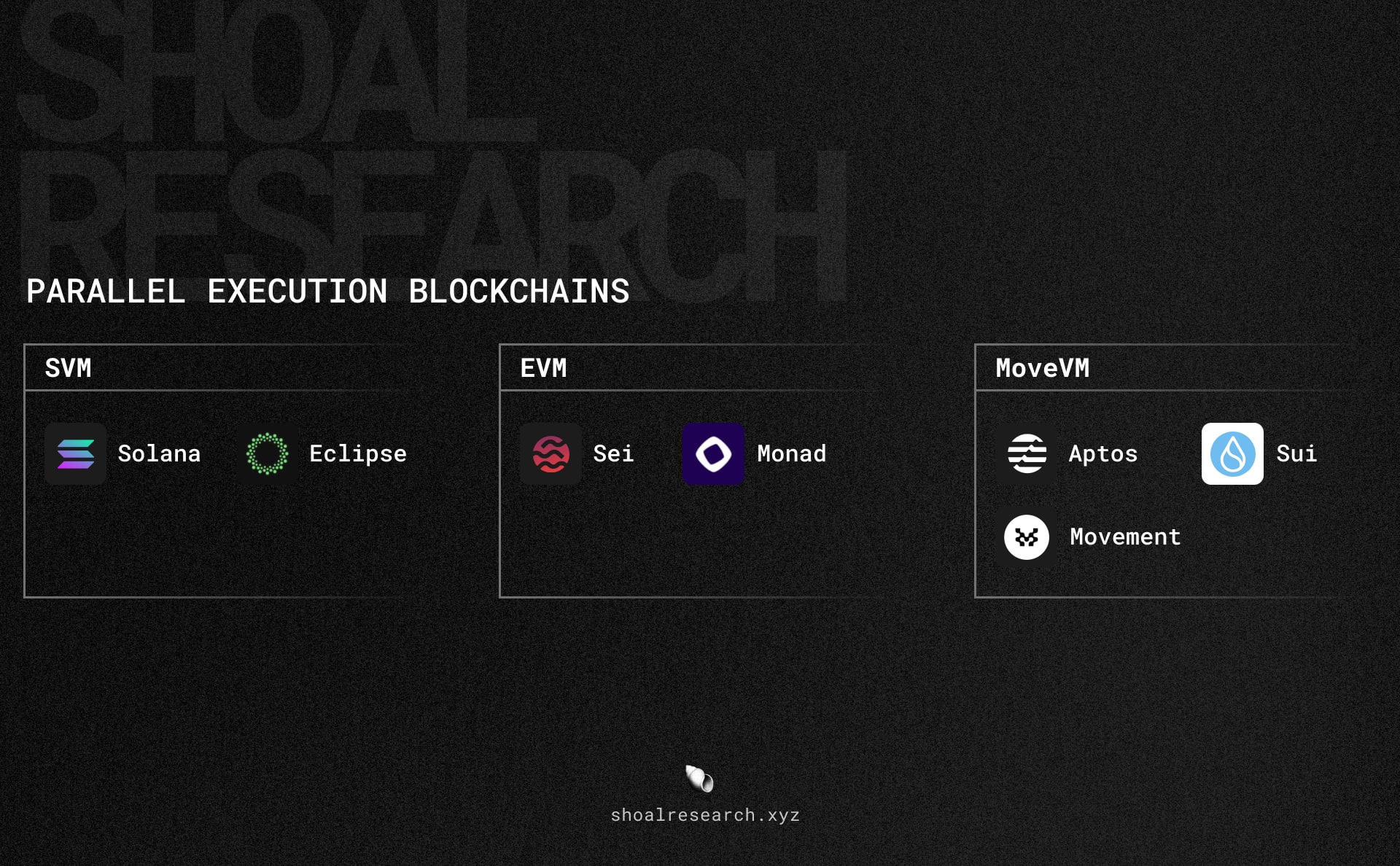
Decentralization: Monad uses MonadBFT, a Byzantine Fault Tolerant consensus inspired by HotStuff, aiming to balance high throughput with robust decentralization. Ethereum is highly decentralized, with thousands of validators and a mature Proof-of-Stake network. Solana has a smaller validator set and higher hardware requirements, which can impact decentralization compared to Ethereum and Monad.
The Future of DApps: What Becomes Possible?
The implications of this new performance frontier are profound. DeFi protocols can offer instant settlements without relying on off-chain infrastructure or custodians. NFT marketplaces gain real-time bidding and transfers without network congestion spikes. On-chain games become as responsive as their centralized counterparts, without sacrificing transparency or composability.
This unlocks a new design space for decentralized applications:
- Real-time DeFi: Automated market makers (AMMs) and order books can update instantly, enabling sophisticated trading strategies previously only possible on CEXs.
- Massively multiplayer blockchain games: Smooth gameplay without lag or prohibitive gas costs.
- Composable dApp ecosystems: Developers can build complex protocols that interact seamlessly in a high-throughput environment.
The future of blockchain isn’t about choosing between speed and trust, it’s about building systems where both are non-negotiable.
If you’re a builder seeking to break through Ethereum’s scalability ceiling, or an enterprise looking to deliver CEX-grade user experiences while retaining full Web3 sovereignty, Monad represents a compelling new foundation. Its parallelized EVM execution model doesn’t just keep up with the demands of modern applications; it invites an entirely new generation of ideas into the blockchain space.
